.jpg)
On November 6, at Tra Vinh University, the Agriculture and Environment Newspaper in collaboration with the Department of Crop Production and Plant Protection, Tra Vinh University, the Vietnam Coconut Association and the Department of Agriculture and Environment of the Mekong Delta provinces organized the Forum "Communication on health management of Vietnamese coconut trees to meet production requirements associated with consumers".
According to the Department of Crop Production and Plant Protection, the coconut growing area in the country is currently more than 202,000 hectares, of which 181,000 hectares are harvested, with an average yield of 125.6 quintals/hectare, and an output of 2.28 million tons. The Mekong Delta alone accounts for 178,000 hectares, with an output of 1.95 million tons.
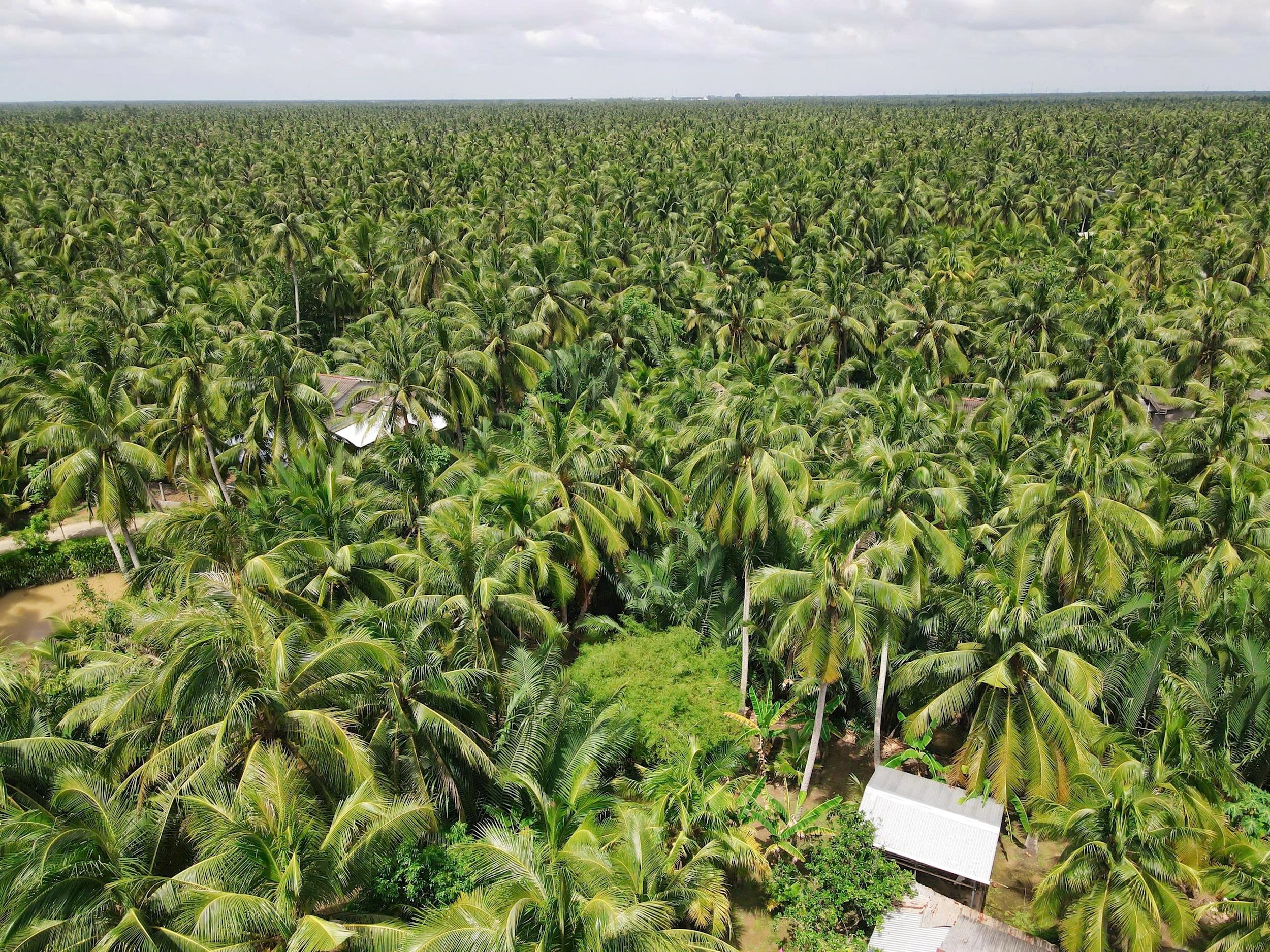
According to the Vietnam Coconut Association, in the first 6 months of 2025, the Vietnamese coconut industry achieved an export turnover of 489 million USD, of which whole coconuts (dried and fresh coconuts) accounted for 216 million USD (up 40% over the same period last year). In 2024, the total coconut export turnover reached 1.089 billion USD, and the industry aims to grow by 20% in 2025, reaching a milestone of more than 1.2 billion USD.
In Vinh Long, the coconut capital of the country with more than 120,000 hectares, accounting for more than 50% of the total coconut area in Vietnam. Coconut export turnover in 2025 is estimated to reach about 500 million USD, an increase of 2.9% compared to 2024. However, according to the Department of Agriculture and Environment of Vinh Long province, production is still fragmented, on average each household only plants about 0.3-0.4 hectares, the rate of participation in production linkages is only about 30%.
Although coconut trees adapt well to climate change, the reality is that the yield and quality of fruit are still decreasing; pests and diseases are increasing, especially beetles. The price of raw coconut (dried coconut, fresh coconut) fluctuates strongly, sometimes suddenly increasing, causing processing enterprises to face risks when they have signed export contracts with fixed prices.

Regarding processing, although many businesses have invested, the Vietnamese coconut industry is still weak in deep processing and preserving fresh coconut water, and the technology is still semi-manual. Meanwhile, major export markets such as the US, EU, and China are increasingly tightening technical standards and food safety, requiring Vietnamese coconut products to be upgraded.
The Vinh Long coconut industry is being severely affected by climate change. The lack of fresh water, prolonged drought and rising temperatures disrupt the flowering and fruiting process. The most worrying is saltwater intrusion, causing salt shock to the trees, reducing nutrient absorption, decreasing productivity for many years and the shortage of fresh water for processing. Meanwhile, high tides during the rainy season cause flooding, root rot, and mass shedding of young fruits, weakening the coconut trees and degrading the cultivated land.
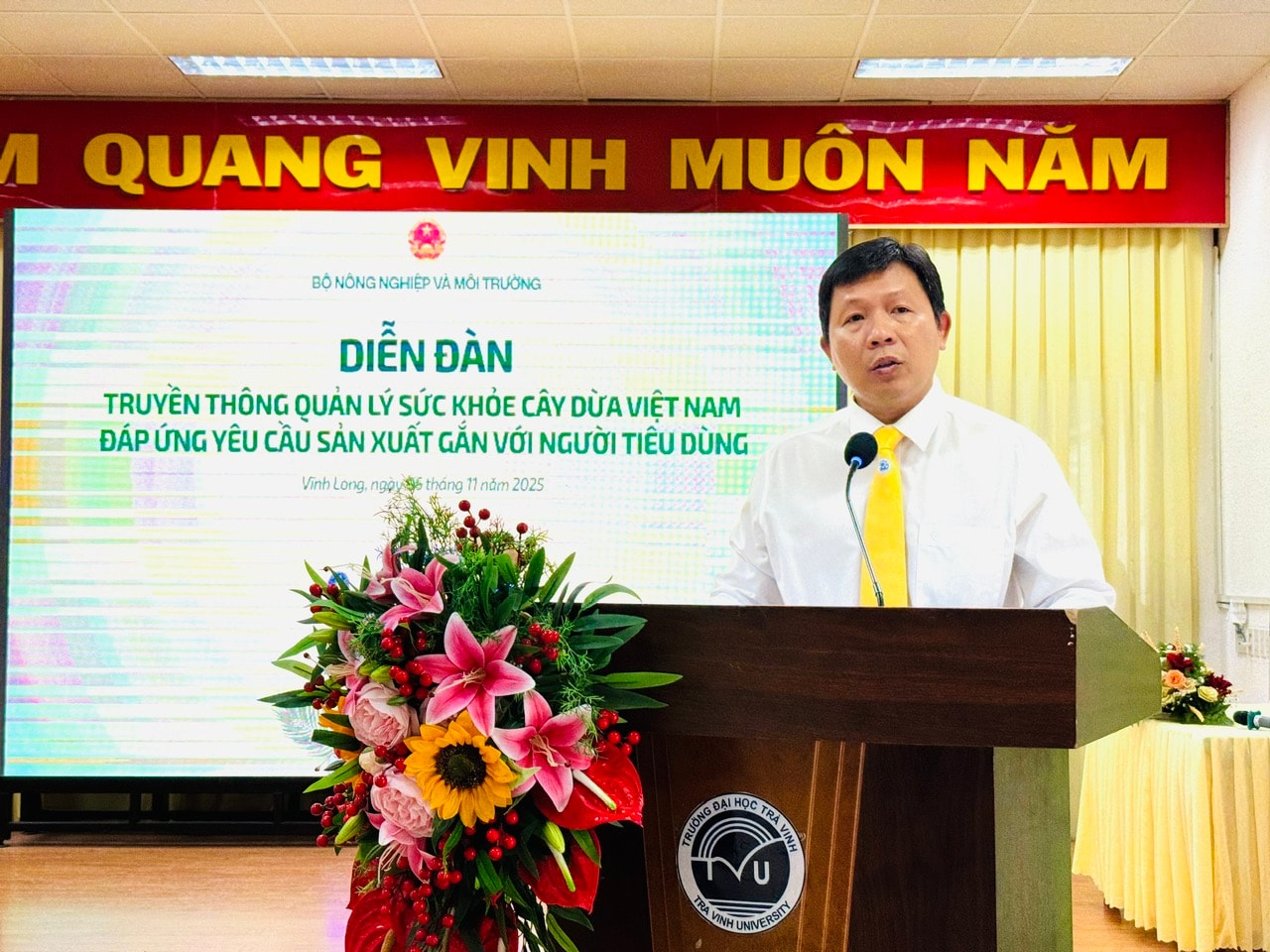
Associate Professor Dr. Nguyen Minh Hoa - Rector of Tra Vinh University emphasized that coconut trees not only provide livelihoods for millions of households but are also a strategic source of raw materials for the processing, export and green economic development industries. However, the Vietnamese coconut industry is facing many new challenges: climate change, pests and diseases, seed quality, production standards and traceability requirements from international markets. In that context, today's Forum has special significance. Through the Forum, units and scientists share information, research results and practical experience in coconut tree health management, and at the same time act as a bridge between scientists - managers - businesses - farmers in concrete steps to promote the development of the Mekong Delta in the direction of green - circulation - climate adaptation, to ensure sustainable and long-term growth for the region.
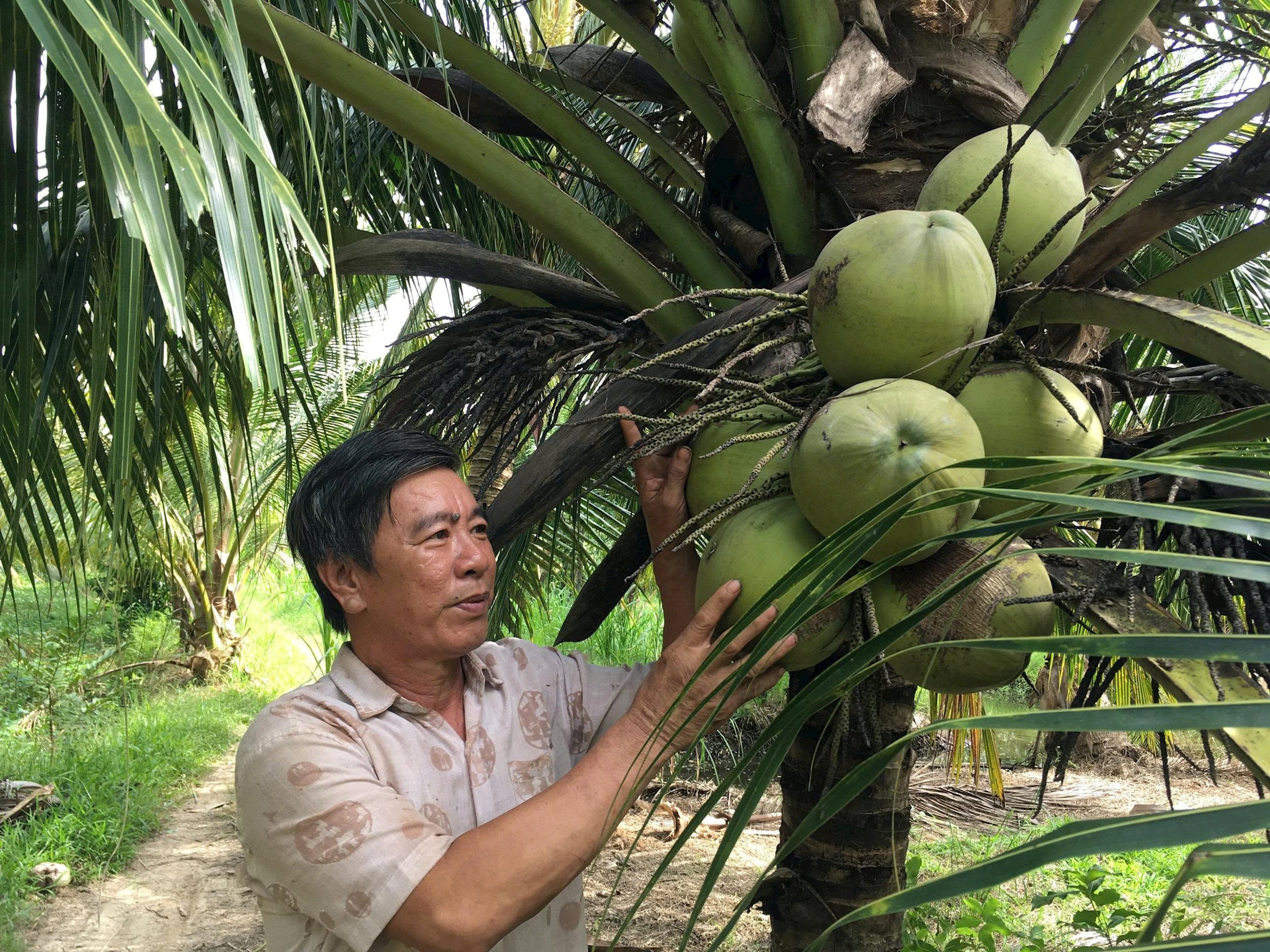
At the Forum, the Department of Crop Production and Plant Protection presented a report on the current situation and solutions to improve the quality of coconut raw material areas in the Mekong Delta, towards a smart farming model, reducing dependence on chemicals, and enhancing biological measures; the Vietnam Coconut Association shared solutions for safe plant protection, developing the domestic market in line with international standards. Representatives of the Mekong Delta Coconut Institute - Tra Vinh University introduced new research on breeding, preserving valuable genetic resources, and farming techniques to adapt to climate change. The Department of Agriculture and Environment of Vinh Long also shared the strategy for developing the "Vinh Long Coconut" brand associated with planning raw material areas and investing in processing infrastructure.
According to the Department of Crop Production and Plant Protection, by 2030, the coconut area in the country is expected to reach 195,000 - 210,000 hectares; of which the key area of the Mekong Delta is about 170,000 - 175,000 hectares. About 30% of the area is produced according to GAP or equivalent processes and has a growing area code for export.
Source: https://daibieunhandan.vn/bao-ve-suc-khoe-cho-cay-dua-viet-nam-10394639.html


![[Photo] Closing of the 14th Conference of the 13th Party Central Committee](https://vphoto.vietnam.vn/thumb/1200x675/vietnam/resource/IMAGE/2025/11/06/1762404919012_a1-bnd-5975-5183-jpg.webp)





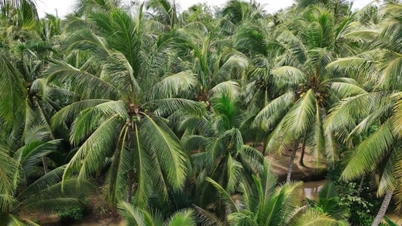

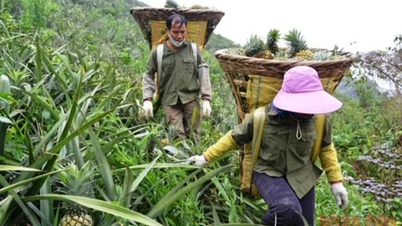















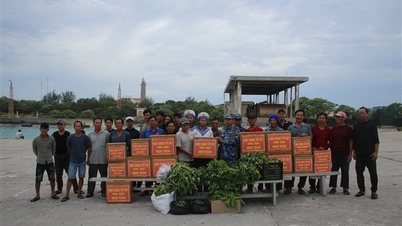






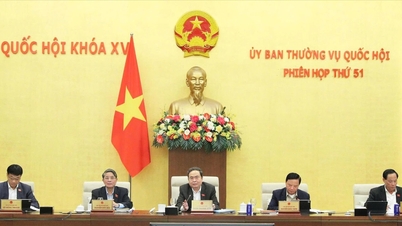



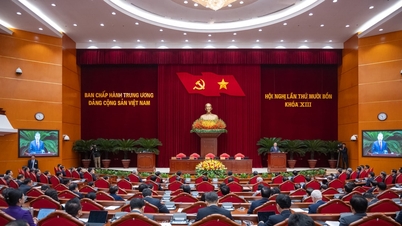



































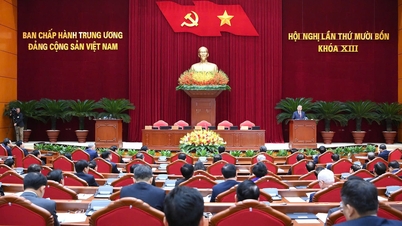
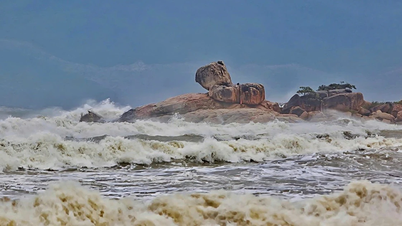

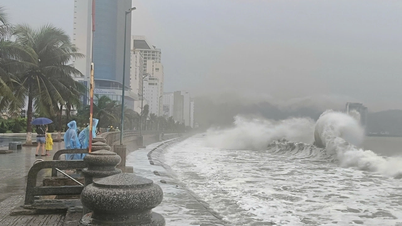









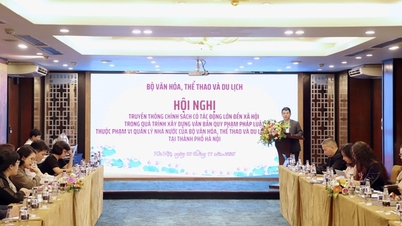
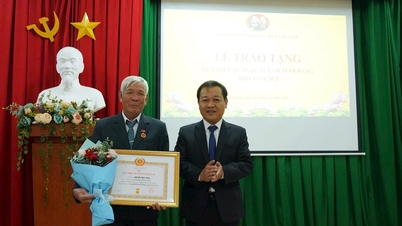

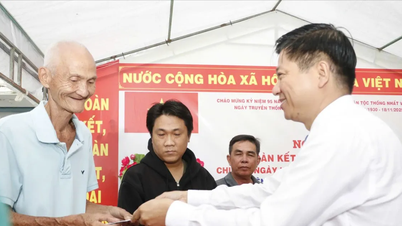

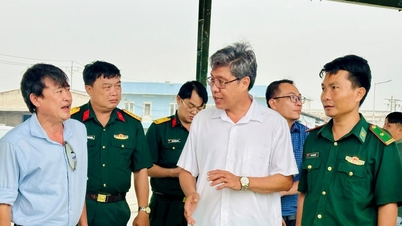





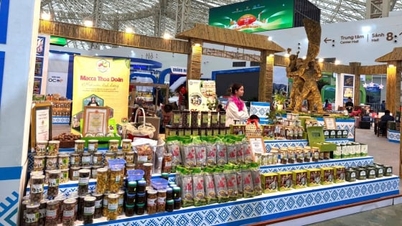












Comment (0)